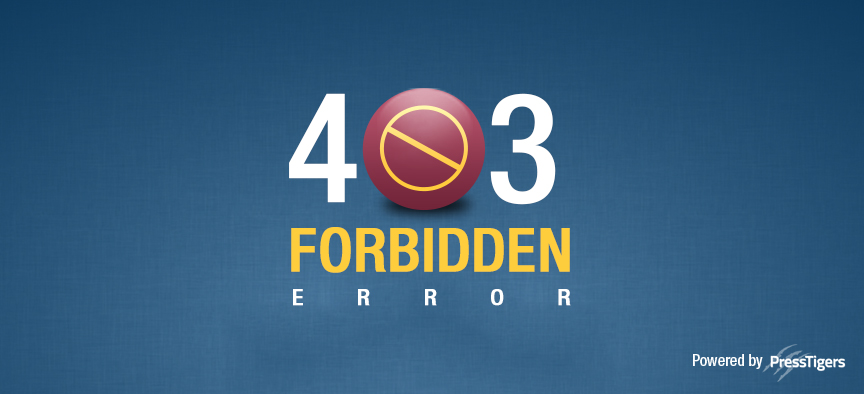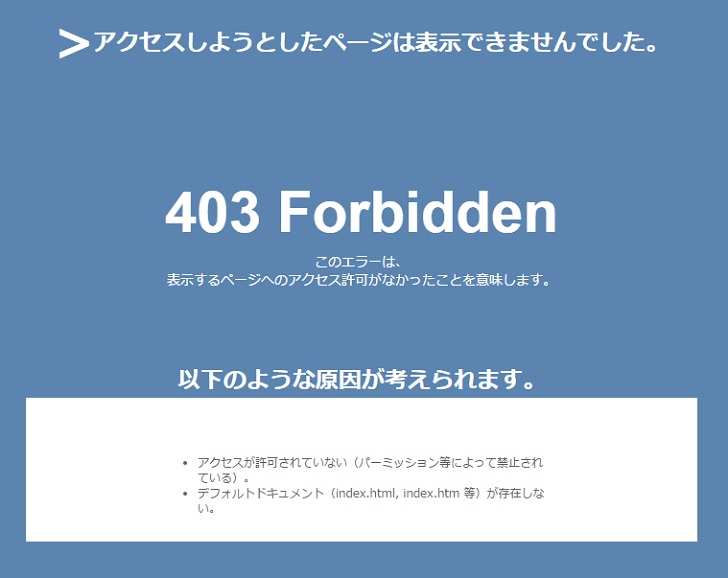
/403-error-on-google-page-5c3e03a8c9e77c00010d940f.jpg)

If you suspect one of your plugins is responsible for the 403 forbidden error, temporarily deactivate all of your plugins. If you're in your FTP server and don't see the httpdocs directory, you can create a file within the directory with this title, which could also solve the issue. Once you've dragged and dropped your files into the directory, you should search your website's URL to double-check they now appear online. Note: If you're using FileZilla, these instructions will vary if you use a different FTP client. To publish your content online, you'll need to put your files into the public/htdocs directory.
Moneyspire 403 forbidden free#
There are several different FTP clients you might've chosen to host your domain - let's say you chose FileZilla, which is free and available for Windows, Mac, and Linux. You might see a 403 forbidden message if you haven't correctly uploaded your content to the directory on your server. Upload your website content to the correct directory on your server. Your website's home page must be called index.html or index.php – if it's not, you should rename the homepage to include one of those URL names.Īlternatively, you can upload an index page to your httpdocs directory and then set up a redirect on the index page to your real homepage. This determines which user types (owner, group, everyone) can read, write, and execute. Then, make sure your directories are set to 755, your files are set to 644, and your dynamic content is set to 700. If you've configured your web server, you'll want to add the server to the www-data group, and set ownership of /var/www to the www-data user and www-data group.
Moneyspire 403 forbidden how to#
Now that you know the causes, let's address how to fix them.
Moneyspire 403 forbidden code#
If you have the incorrect code associated with a file or directory then your users may run into a 403 error.

What you'll typically see when you land on a page with a 403 forbidden error is something like this: "You don't have authorization to view this page – HTTP Error 403." It means the page you were trying to reach is forbidden for one of two reasons: Either there is a removal or restriction of access permissions from the client-side, or there's an accidental misconfiguration of the web server.

A 403 Forbidden error is an HTTP status code sent to users by an HTTP server when a user tries to access a restricted URL.


 0 kommentar(er)
0 kommentar(er)
